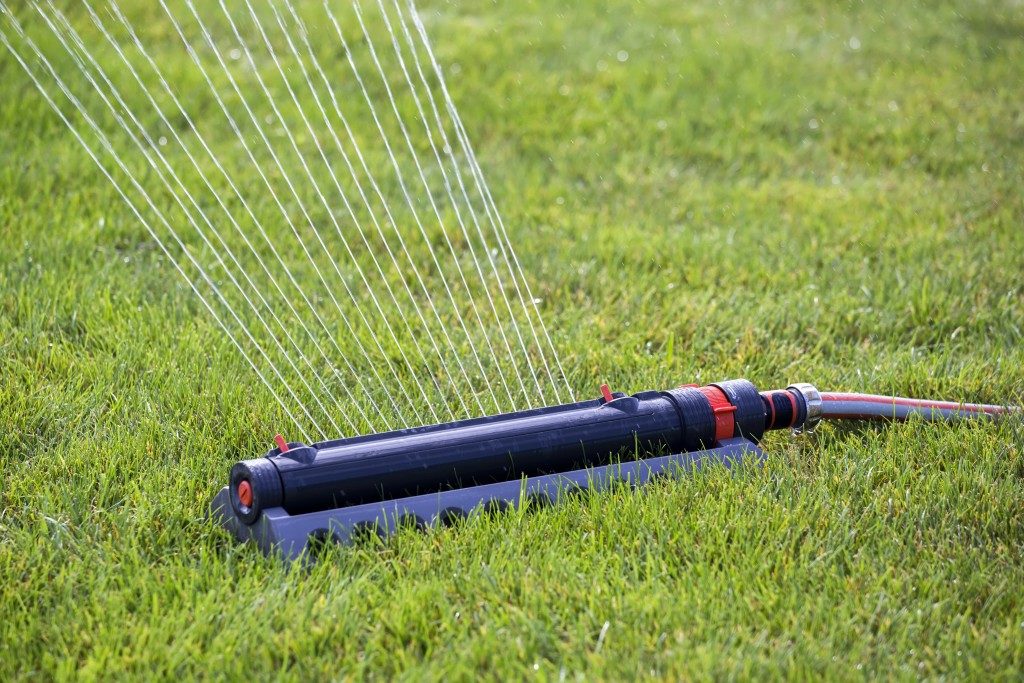It’s not only seasons and life that change. So do plants. The way they live and thrive depends on the climate, temperatures, and weather. That’s why any business maintaining a garden or a yard needs the help of a commercial ground contractor.
It also compels us to ask: what happens to the trees, shrubs, and flowers when the temperatures drop and winter comes?
Winter Is Coming
The effects of winter are massive. In Utah, they can cause or worsen inversions, which increase their air pollution. In dry areas, where snow is rare, the colder temperature is a welcome change from the scorching heat of the summer.
What about the plants? It all depends on many factors such as their type, the quality of land where they grow, and the harshness of winter. First, get to know the primary classifications of plants:
- Annuals – These are the plants that complete their life cycle in one growing season. They might be able to come back the following year. It happens, though, only when the seeds are ready to germinate.
- Perennials – These refer to plants that last for about two years. They, therefore, live longer than the annuals. Their survival, however, depends on the quality or condition of their roots.
- Evergreens – These are the plants that can maintain the greenness of their leaves the entire year, including the winter season. A perfect example is the fir tree, which makes an excellent real Christmas tree!
Now, what happens to them during wintertime? The annuals are more likely to “die.” By the time fall comes around, they will bear fruits with seeds that are perfect for germination.
The seeds can “travel” in many ways, such as through the wind or falling to the ground. Animals and humans who eat fruits with the seeds can also help the annuals. Instead of throwing the seeds away, they can deposit them in the soil or scatter them in quality soil.

By the time spring comes, the annuals can grow. They can already get plenty of water from the thawing snow that covered the ground. Perennials, meanwhile, become dormant—yes, like bears, they can hibernate. During this time, they will significantly reduce the process of photosynthesis and the creation of chlorophyll. This can turn their foliage into different colors, such as reds and oranges.
During the autumn season, they also bear fruit and eventually drop their leaves. Those that grow in dry winter areas might not undergo these changes. The changing temperatures, however, can lead to some diseases. A ground care maintenance team can help by spotting potential problems and removing diseased plants.
The evergreens are still able to continue their photosynthesis, allowing the leaves to maintain their color. But this process can slow down significantly due to certain factors. For example, their sources of water might freeze, even those that are within their needles or leaves. Water management remains essential during this season.
Not all plants might be able to survive the winter. It can be a sad thought, but that’s how life works. The good news is when there’s winter, there’s also spring where plants wake up and become alive again.

